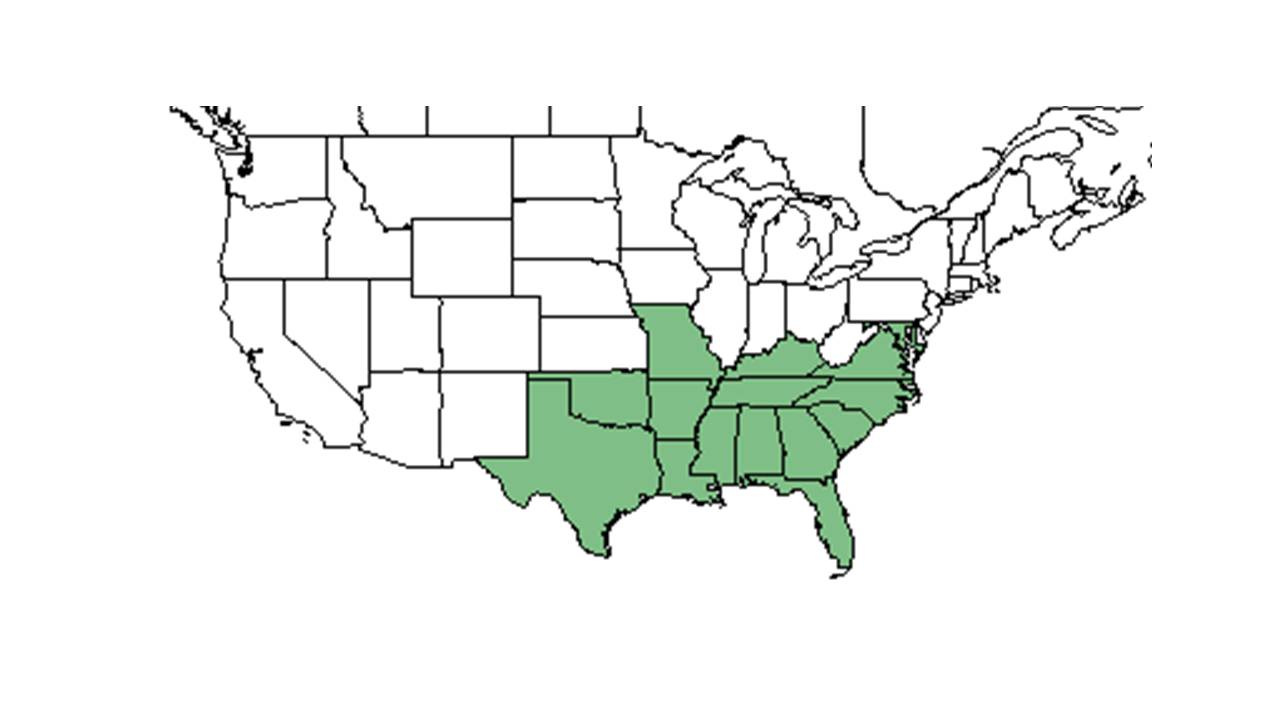Difference between revisions of "Eupatorium semiserratum"
| Line 28: | Line 28: | ||
===Phenology=== <!--Timing off flowering, fruiting, seed dispersal, and environmental triggers. Cite PanFlora website if appropriate: http://www.gilnelson.com/PanFlora/ --> | ===Phenology=== <!--Timing off flowering, fruiting, seed dispersal, and environmental triggers. Cite PanFlora website if appropriate: http://www.gilnelson.com/PanFlora/ --> | ||
| + | It has been observed flowering from August to October (FSU Herbarium). | ||
| + | |||
===Seed dispersal=== | ===Seed dispersal=== | ||
===Seed bank and germination=== | ===Seed bank and germination=== | ||
Revision as of 19:03, 13 July 2015
| Eupatorium semiserratum | |
|---|---|
Error creating thumbnail: Unable to save thumbnail to destination
| |
| Scientific classification | |
| Kingdom: | Plantae |
| Division: | Magnoliophyta - Flowering plants |
| Class: | Magnoliopsida – Dicotyledons |
| Order: | Asterales |
| Family: | Asteraceae ⁄ Compositae |
| Genus: | Eupatorium |
| Species: | E. semiserratum |
| Binomial name | |
| Eupatorium semiserratum DC. | |

| |
| Natural range of Eupatorium semiserratum from USDA NRCS Plants Database. | |
Contents
Description
Common Name: smallflower thoroughwort
Distribution
Ecology
It has well-documented anticancer activities against various human cancer cell lines.[1]
Habitat
It is found in live oak hammocks, between floodplain swamps and powerline corridors, in depressions in flatwoods, Longleaf pine-wiregrass savannas, pine flatwoods, scrub oak, banks of rivers, edges of cypress depressions, and in wet drainages on open wooded slopes (FSU Herbarium). It is also found in human disturbed habitats such as roadside ditches and depressions, powerline corridors, and in areas that have been clear cut and plowed (FSU Herbarium).
Phenology
It has been observed flowering from August to October (FSU Herbarium).
Seed dispersal
Seed bank and germination
Fire ecology
Pollination
Use by animals
Diseases and parasites
Conservation and Management
Cultivation and restoration
Photo Gallery
References and notes
- ↑ Kintzios, S. E. (2007). "Terrestrial plant-derived anticancer agents and plant species used in anticancer research." Critical Reviews in Plant Sciences 25: 79-113.